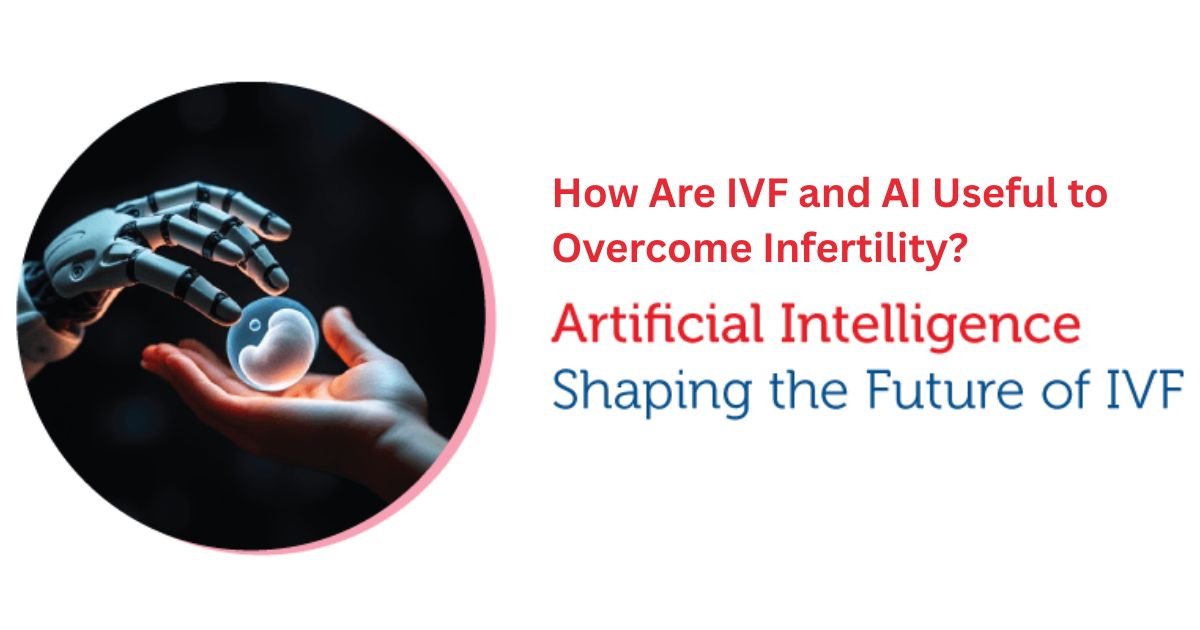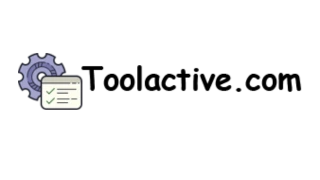So you've been dabbling with AI tools, maybe making some wacky pictures or getting some help with writing, and now you're wondering: "Do I stick with free tools or pay some money for a paid one?" It's a fair question, especially with AI tools popping up like coffee shops on every corner. Whether you’re a student, a small business owner, or just curious, picking between free and paid AI tools can feel like choosing between a free snack or a gourmet meal. Both have their place, but what’s right for you?
Let's break it down with some real talk on the advantages, disadvantages, and what to take note of.
Related: 11 Free AI Tools to Supercharge Your Workday
What Are Free AI Tools?
Free AI tools are like the sample table at a grocery store—jump in, try it out, no wallet needed. Think of stuff like the basic version of ChatGPT, Google Bard, or Canva’s AI design features. There are also open-source options like Stable Diffusion or Hugging Face’s Transformers if you’re cool with a bit of tech tinkering.
Why Free AI Tools Are Pretty Sweet
-
No Money, No Problem: You don’t have to spend a cent, which is awesome for students, hobbyists, or anyone who’s like, “I’m not dropping cash on this yet.”
-
Super Simple: Most free tools are made for beginners. No need to be a tech guru—you can start creating or experimenting in minutes.
-
Test Drive Fun: Want to see if AI can write a story or whip up a cool image? Free tools let you play around without feeling like you’re signing your life away.
-
Community Love: Open-source tools often come with rad online communities. You’ll find tips, tutorials, and “help, I broke it!” advice on forums or Reddit threads.
Where Free Tools Hit a Wall
-
Basic Vibes Only: Free versions give you the essentials but skip the fancy stuff, like advanced editing or connecting to other apps.
-
Usage Caps Suck: You might get a limited number of tries per day or lower-quality results. It’s like getting a sneak peek instead of the full show.
-
Kinda Slow: Free tools often run on less powerful tech, so you might be waiting around for your results or getting meh outputs.
-
Privacy Red Flags: Some free tools make money by collecting your data. If you’re working on something sensitive, that’s a hard pass.
-
You’re on Your Own: Don’t expect a help desk. You’re usually stuck digging through forums or hoping Google has the answer.
.png)
What About Paid AI Tools?
Paid AI tools are the VIP experience—you pay for the good stuff, whether it’s a monthly subscription or a one-time fee. Think ChatGPT Plus, MidJourney for stunning AI art, Jasper AI for killer marketing copy, or big players like AWS AI for businesses. These are built for folks who need more power and flexibility.
Why Paid AI Tools Are a Big Deal
-
Level-Up Features: Paid tools unlock the cool stuff—like tweaking models, getting high-quality results, or diving into niche tasks like data analysis or pro writing.
-
Room to Go Wild: You usually get way more usage, sometimes unlimited, so you can keep creating without hitting a “come back tomorrow” wall.
-
Fast and Fancy: Paid tools run on beefier tech, so you get quicker responses and outputs that look polished.
-
Real Help When You Need It: Paid plans often include actual customer support, which is a lifesaver if you’re using AI for something important.
-
Keep It Private: Paid tools usually take privacy seriously, with stuff like encryption or GDPR compliance, so you can relax about your data.
-
Make It Yours: Many paid tools let you customize settings or plug them into other software, which is perfect if you’ve got specific goals or want to scale.
The Downsides of Paid Tools
-
Ouch, the Price: Yeah, they cost money—anywhere from a few bucks a month to thousands for enterprise plans. Your bank account might not be thrilled.
-
Bit of a Learning Curve: Some paid tools aren’t as plug-and-play. You might need to watch tutorials or bring in someone who knows their stuff.
-
Too Much for Casual Use: If you’re just having fun, a paid tool might feel like renting a yacht for a quick swim.
.png)
How to Choose: Free or Paid?
So, how do you pick? Here’s what to think about to find the right fit.
1. What’s Your Thing?
Your goal matters. If you’re a student messing around with AI for a project or just making funny images, a free tool like DALL·E 3’s basic version (available through some platforms with limits) might do the trick. But if you’re running a business, creating pro-level designs, or automating tasks, a paid tool like MidJourney or Jasper AI could be a game-changer.
2. What’s Your Budget Like?
Be real about your cash flow. Free tools are perfect if you’re broke or just testing things out. But if AI’s a big part of your work, a paid tool’s cost might be worth the time and quality you get. Curious about pricing for something like DALL·E 3’s paid plans? Check the official platform for details.
3. Planning to Go Big?
If you’re thinking long-term—like growing a business or cranking out tons of content—paid tools are better for handling heavy workloads. Free tools can hit limits fast, which is a bummer when you’re on a roll.
4. Care About Privacy?
If you’re working with sensitive stuff, like client info, paid tools with solid privacy policies are safer. Free tools might use your data to keep things free, which isn’t great for confidential projects.
5. Need a Helping Hand?
If you’re relying on AI for something critical, paid tools’ support and reliability are clutch. Free tools might leave you stuck if things go sideways.
.png)
Real-Life Examples
-
Writing Stuff: A blogger might use ChatGPT’s free tier to brainstorm posts but grab ChatGPT Plus for faster responses and extras like custom prompts.
-
Data Crunching: A small business checking sales might use Google’s AI-powered Sheets for free but switch to Tableau for deeper insights.
-
Art Adventures: An artist playing with AI art might start with DALL·E 3’s free tier for quick sketches but go for a paid plan for high-res, pro-quality images.
What’s the Play?
Free or paid AI tools? It’s all about what you need and where you’re going. Free tools are awesome for dipping your toes, having fun, or keeping things cheap. But if you’re serious—maybe running a business or working on big projects—paid tools bring the speed, features, and support to level up.
Here’s a pro tip: start with a free tool to see what clicks. Try DALL·E 3’s free tier on its platform to get a feel for it. If you’re loving it and need more, a paid plan might be your next move (check the platform for pricing details). Match the tool to your vibe, and you’ll be crushing it without wasting time or money.
Related: AI in Project Management: Tools to Simplify Your Work

.jpg)
.png)




.jpg)






